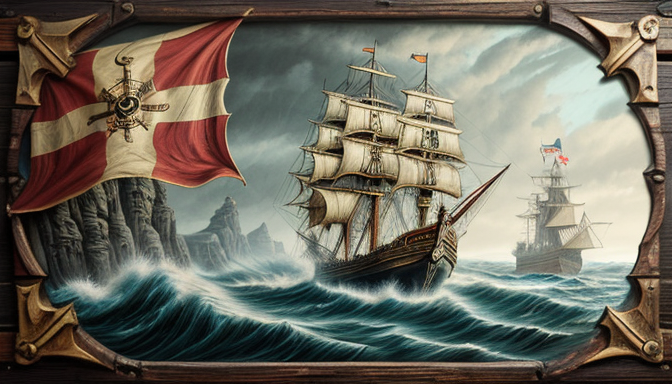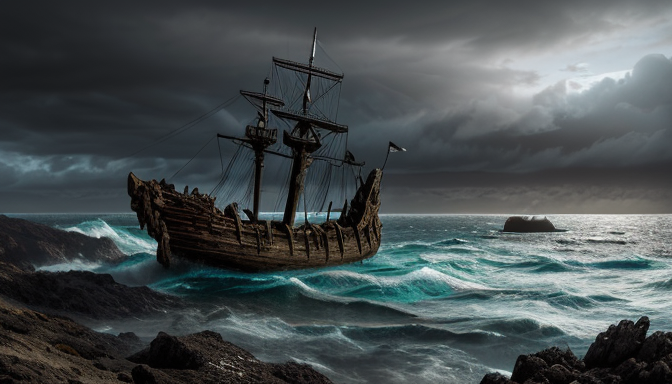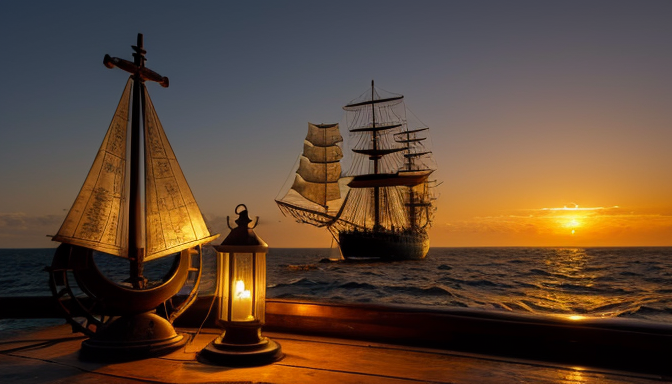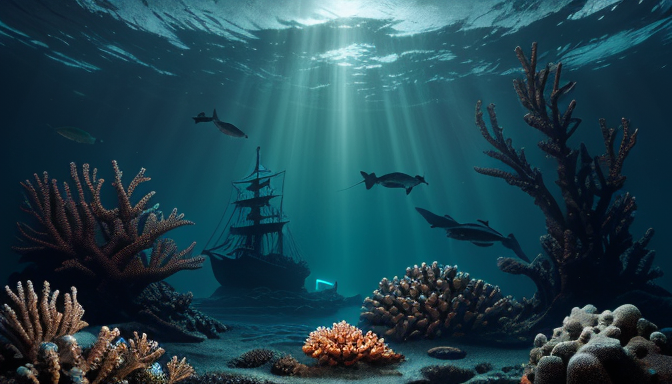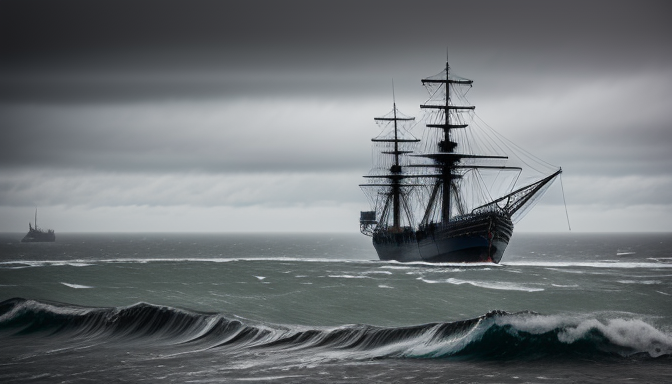From Pirates to Explorers: The Allure of Naval History
Ahoy, matey! Have you ever wondered how the **mysterious world of the sea** transformed from the treacherous **lives of pirates** to the noble quests of legendary explorers? The journey through naval history is like a thrilling adventure novel, filled with **historic vessels**, epic sea battles, and captivating characters. It’s a tale that intertwines the **dark allure of piracy** with the **brave spirit of exploration**, showcasing how these two worlds shaped our understanding of the oceans.
During the late 17th and early 18th centuries, piracy was at its peak, with notorious figures like **Blackbeard** and **Captain Kidd** sailing the high seas. These pirates didn’t just plunder ships; they influenced maritime trade and culture, leaving a mark that still resonates today. Imagine the fear they instilled in sailors and the thrill they brought to coastal towns! They were more than just thieves; they were **symbols of rebellion**, challenging the norms of their time.
But as the smoke cleared from cannon fire and the jolly roger faded into history, a new breed of adventurers emerged. The age of exploration brought forth remarkable figures like **Christopher Columbus** and **Ferdinand Magellan**, who sought to unveil the mysteries of the world. Their journeys expanded geographical knowledge and opened new trade routes, paving the way for globalization as we know it. With every new land discovered, they transformed the **unknown into the known**, much like turning the pages of an exciting book.
So, whether you’re fascinated by the **romance of piracy** or the **triumphs of exploration**, naval history offers a treasure trove of stories that continue to inspire. It’s a vivid reminder of how the sea has always been a canvas for human ambition and adventure!
The Golden Age of Piracy
The Golden Age of Piracy, spanning from the late 17th to the early 18th centuries, was a thrilling chapter in maritime history that continues to captivate our imaginations. Picture this: vast, uncharted waters filled with ships laden with treasure, where the line between hero and villain was often blurred. It was during this era that notorious figures like Blackbeard, Bartholomew Roberts, and Captain Kidd roamed the seas, leaving a legacy that would echo through time.
These pirates were not merely thieves; they were also fierce warriors who engaged in epic sea battles, often against naval forces representing powerful nations. Their exploits shaped the very fabric of maritime trade, creating a culture that both romanticized and vilified the pirate life. The tales of their adventures are steeped in myth and legend, where every stormy night at sea could bring either a glorious victory or a disastrous defeat.
But what drove these men to the high seas? For many, it was the promise of wealth and adventure, fueled by the lure of plunder. The infamous Jolly Roger flag became a symbol of fear and fascination, representing not just piracy but a way of life that defied societal norms. In fact, many pirates operated under a code of conduct that was surprisingly democratic, showcasing a unique form of governance on the high seas.
As we delve deeper into this era, we uncover how piracy influenced not only maritime law but also the very course of global trade. The legacy of the Golden Age of Piracy is a tapestry woven with threads of adventure, rebellion, and the insatiable human desire for freedom. So, what do you think? Are these pirates heroes or villains, or perhaps a little bit of both?

Exploration and Discovery
The age of exploration was a thrilling chapter in naval history, marked by unwavering courage and insatiable curiosity. As sailors set sail on historic vessels, they weren’t just navigating the vast oceans; they were embarking on journeys that would change the world forever. Imagine standing on the deck of a ship like the Santa Maria or the HMS Endeavour, feeling the salty breeze and the thrill of the unknown! These ships were more than just wooden hulls; they were gateways to new worlds and cultures.
During this era, famous explorers such as Christopher Columbus, Ferdinand Magellan, and James Cook pushed the boundaries of geographical knowledge. Columbus, for instance, is often credited with ‘discovering’ America in 1492, but his voyages were about much more than that; they opened up a new chapter in global trade and cultural exchange. Each explorer faced perilous sea battles and unpredictable weather, yet their determination and navigational skills led them to uncharted territories.
But it wasn’t just about the explorers themselves; the myths and legends surrounding their adventures added to the allure. Tales of mermaids, sea monsters, and hidden treasures captivated the imaginations of those back home. The mystique of the sea has always been intertwined with the stories of these explorers, making their journeys feel almost like epic sagas.
In conclusion, the age of exploration was a thrilling blend of adventure, discovery, and mythology. It laid the groundwork for modern navigation and global trade, forever altering the course of history. So, the next time you gaze out at the ocean, remember the brave souls who dared to venture into the unknown!
Frequently Asked Questions
- What was the Golden Age of Piracy?
The Golden Age of Piracy refers to a period during the late 17th and early 18th centuries when piracy was rampant in the Caribbean, American colonies, and along the West African coast. This era saw infamous pirates like Blackbeard and Captain Kidd, who became legends due to their daring exploits and impact on maritime trade.
- How did pirates influence maritime culture?
Pirates significantly influenced maritime culture by creating a unique code of conduct, fostering a sense of freedom and rebellion against oppressive authorities. Their colorful tales and romanticized lifestyles have permeated literature and film, shaping how we view seafaring adventures today.
- Who were the key explorers during the Age of Exploration?
During the Age of Exploration, notable figures like Christopher Columbus, Vasco da Gama, and Ferdinand Magellan expanded the known world. Their voyages not only opened new trade routes but also led to the exchange of cultures, ideas, and goods, forever altering global history.
- What impact did exploration have on global trade?
Exploration dramatically transformed global trade by establishing new routes and connections. It facilitated the exchange of spices, gold, and other commodities, which fueled economies and influenced the rise of powerful nations during the colonial era.
